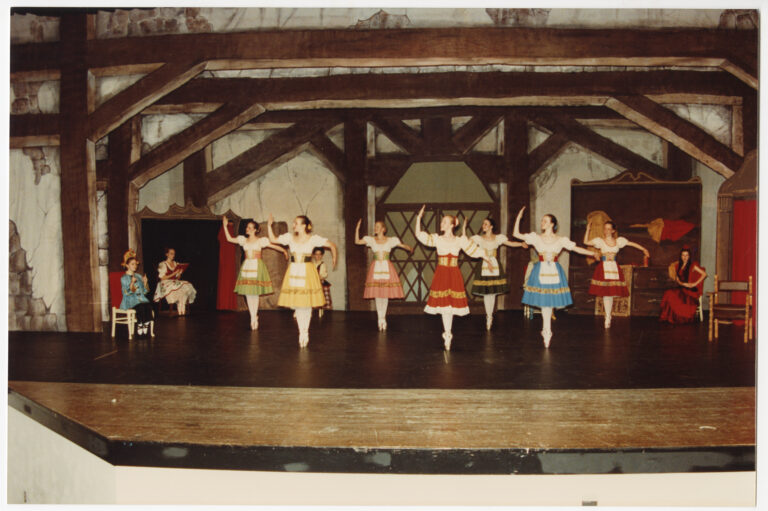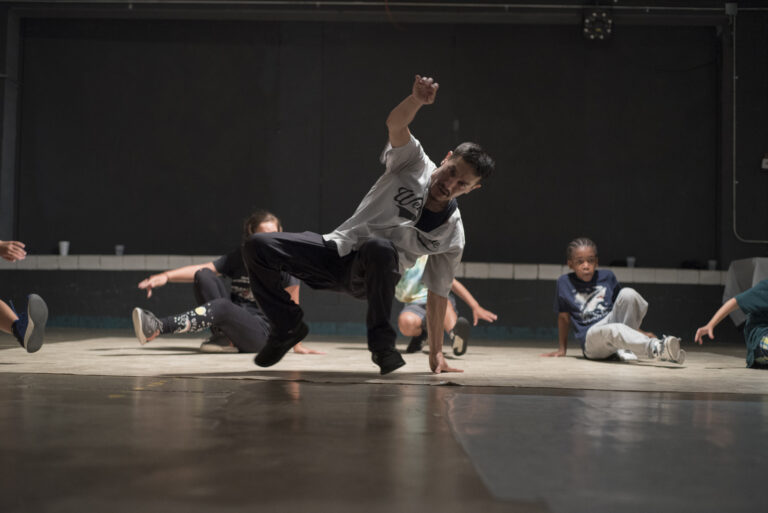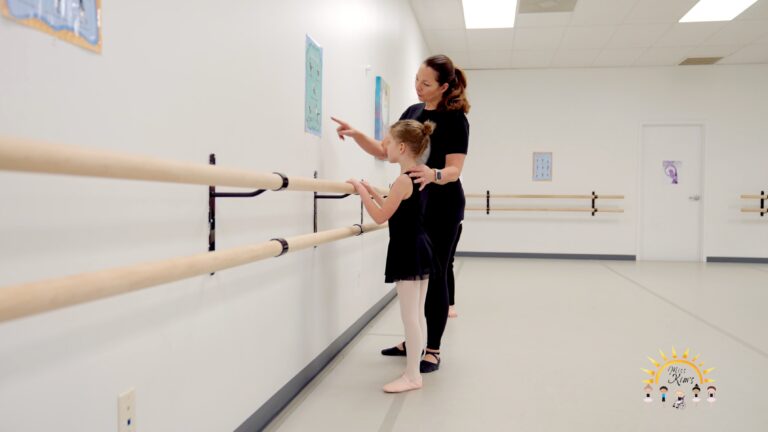
It’s easy to characterize parents as the perpetual thorn in the side of studio owners—they can be demanding, and annoyingly free with their opinions on dance education. But they’re also your customers. They deserve not just excellent customer service but an exceptional customer experience, says Annette Franz, head of a customer-experience strategy firm. “What’s the difference?” you might ask. “I define customer experience as the sum of all the interactions that a customer has with a brand over the life of their relationship with that brand—plus the feelings, emotions and perceptions about these interactions. Customer service is just one of those interactions,” says Franz, author of Cus-tomer Understanding: Three Ways to Put the “Customer” in Customer Expe-rience (and at the Heart of the Business).
Keeping your relationship with parents professional, not personal, doesn’t require sacrificing an ounce of your studio’s vision. “As crazy as it sounds, it’s not all about the customer,” says Franz. “It’s about the business, too.” Here are nine essential concepts behind creating a successful customer experience.
Be consistent.
Part of building a cohesive culture at your studio is to communicate your expectations for parents. For Chasta Hamilton, owner of Stage Door Dance in Raleigh, North Carolina, that means making sure every interaction with a parent sticks to the same ideas and values. “From their digital experience—visiting your website, reading an e-mail from you, getting a call—to the pre-studio experience to the actual studio experience, you have to be consistent,” says Hamilton. “What they experience in the lobby, in the classroom, their interactions with office administration and desk staff—everything has to be really strong.”
Establish your core values.
“Do you have core values in place?” asks Franz. “Are you really just teaching dance, or are you, say, also lifting up the self-image of little girls? Your employees need to align with that, and when that happens, they’ll be passionate about what they’re doing—and that will translate into a great customer experience.”
Hamilton is clear about her studio’s core values. “All of our programming is built on principles of technique, performance, community and character. We operate under the motto ‘Be more at Stage Door,'” says Hamilton. When she had to address a recent cyberbullying incident, it was “very easy to step in and handle it, because I’d been so clear in our expectations of our students and families.”
Practice empathy.
Try to let go of your frustration when you’ve been asked the same question for the umpteenth time. Remember that studio life is likely a new experience for many of your parents. “Most people are trying to do their best,” says Hamilton. “I used to get really frustrated if people had a question about the nitpicky recital details that I take for granted, because recital is second-nature to me. But it isn’t to someone who’s never experienced it.”
Listen actively.
It sounds simple, but you can’t overstate its importance: Let your customers know that you hear what they’re saying. “If a child is having a difficult experience and their parent comes to you frustrated and concerned, the conversation for us always starts with: ‘We hear what you’re saying, and we want you to have the best experience possible,'” says Hamilton. “If you approach them with kindness, you’re going to build a lifelong client.”
“Listening is a two-way street,” says Franz. “Say, ‘I heard this from you, and this is what we’re going to do about it.'”
Deepen the relationship.
Taking the time to develop a successful relationship with dance parents starts with understanding what brought them to your studio in the first place. “You can’t design a good customer experience if you don’t understand what they are hoping for their kids and for themselves,” says Franz. “That’s a huge piece of information when it comes to designing and offering a better customer experience.”
Maintain your perspective.
One bad apple won’t spoil the bunch. “A situation with a really terrible customer can feel like it’s overtaking your entire business,” says Hamilton. “But don’t lose perspective. If you set boundaries and have an established brand, then expectations are set. And if expectations are being pushed or challenged, it’s easy to communicate that. That’s when you can say, ‘I appreciate you, and I respect the time you’ve spent with us, but, unfortunately, I don’t think we’ll be a good fit for your family anymore.'”
As leader, be a role model.
“The studio owner is the leader of the business—the CEO,” says Franz. “You have to model the behavior that you want to see from everybody else, and you’ve got to reinforce it. You have to recognize when somebody does a great thing, and you also have to be committed. Don’t just say, ‘These are our core values’—you have to walk the walk.”
Be adaptable.
Customer expectations evolve. “Today’s clients are nervous about commitment,” says Hamilton. “So we say that our main program runs alongside the calendar year, but if you have to withdraw, we need a 30-day notice. Is that annoying? Yes. But do we bring in more money because we try to be flexible? Also yes,” says Hamilton. “You can’t be so rooted in your traditions that you’re going to discourage a potential client.”
Be proactive, not reactive.
“If you have 20 people asking the same question, maybe ask yourself, ‘Did I communicate that? Or was it unclear?'” says Hamilton. “After every event or experience at my studio, we debrief and say, ‘How did this go? What did we do this year that made it better? Where did we drop the ball, and what should we change?’ Going with tradition becomes comfortable, but that makes it easier not to evaluate what you’re doing.”




